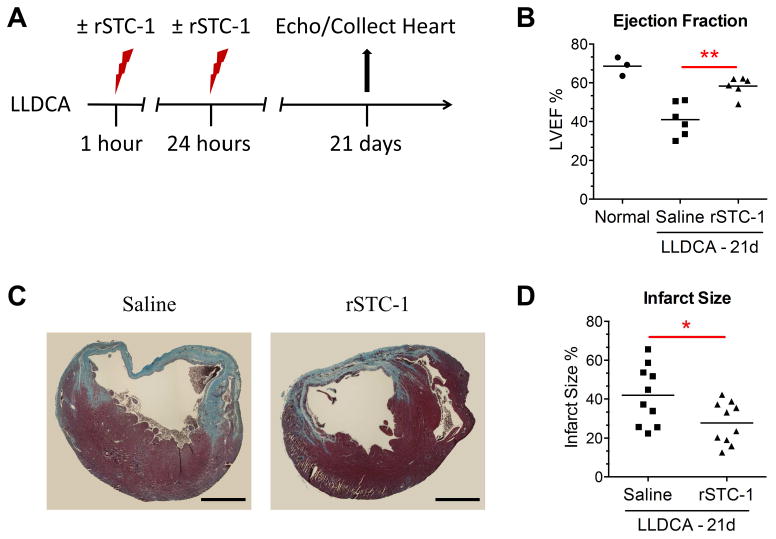Figure 5. Recombinant stanniocalcin-1 (rSTC-1) administered intravenously improved heart function and reduced infarct size.

NOD/SCID mice were subjected to ischemic cardiac injury by permanent ligation of the left descending coronary artery (LLDCA). At 1 hour and 24 hours after ligation, 2.0 mg/kg of rSTC-1 or equal volume of 0.9% sodium chloride (saline) was administered intravenously. Twenty one days after ligation, the mice were anesthetized and their left ventricular ejection fraction (LVEF) was evaluated. Then, mice were euthanized to collect heart tissue and assess infarct size. (A) Diagram showing the workflow of the cardiac injury model. (B) Each data point represents the average LVEF of 2 independent recordings with 3 consecutive cardiac cycles (n=3-6). (C) Representative images showing fibrosis in heart sections stained with Masson Trichrome (Scale bar, 1 mm.). (D) Infarct size was measured at the ventricular midline of each section and expressed as the percent length of the fibrotic region relative to the ventricular midline length. Each data point represents the average of ten infarct size measurements per heart (n=10-12). Data was analyzed using Student's t-test (*p< 0.05, **p< 0.01).
